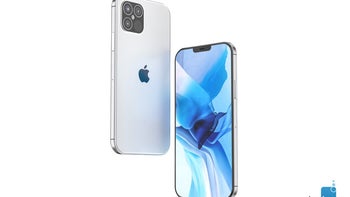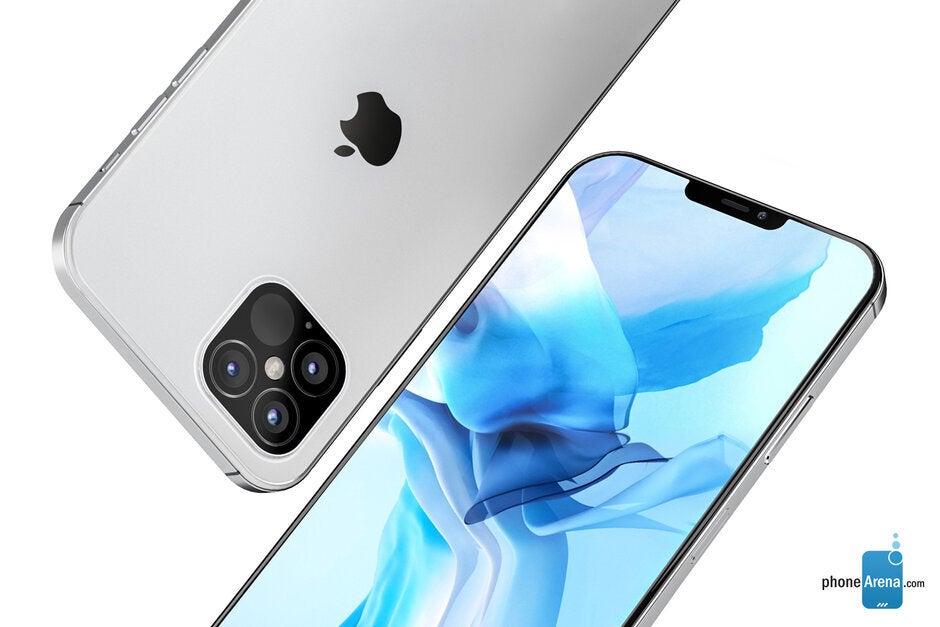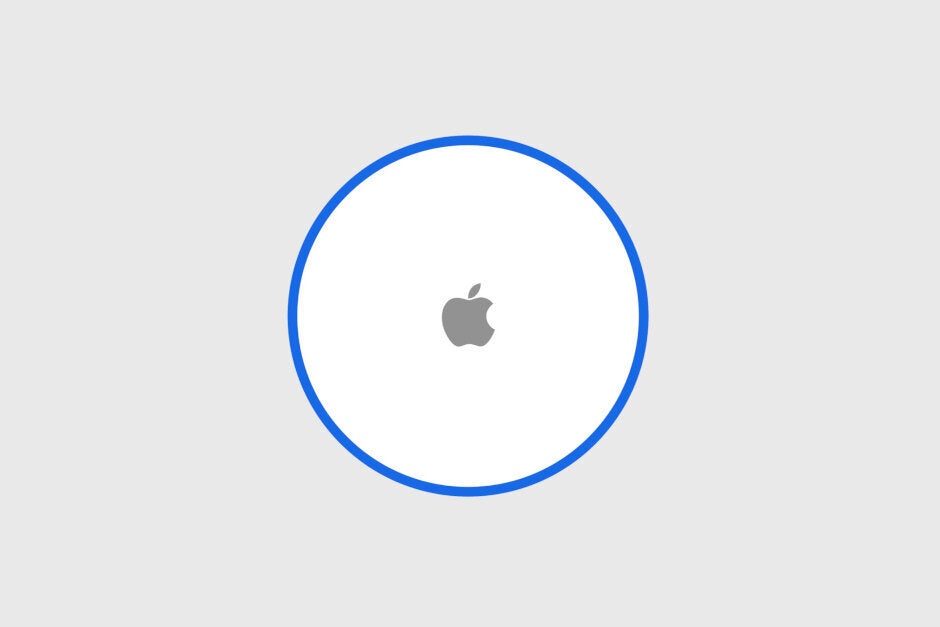Apple sees no drop off in 5G iPhone demand because of the pandemic

Back in July, Apple Chief Financial Officer (CFO) Luca Maestri said that Apple expects iPhone 12 supply to be delayed by several weeks this year. That means we might not see the first 5G iPhone models go on sale until October or possibly as late as November. While Apple didn't give a precise reason for the delay, it is assumed that the global pandemic that closed suppliers' facilities earlier this year is behind it.
Kuo sees fewer shipments of units connecting to zippy fast mmWave 5G signals
Despite the delay in releasing the new handsets, it appears that Apple still expects a large number of phones to be sold this year. Bloomberg reports that the tech giant has asked suppliers to build no fewer than 75 million units this year which is roughly the same number of iPhone handsets that Apple had built last year and the year before. This could be considered good news for Apple since it means that despite the global pandemic and the toll it continues to take on the global economy, Apple isn't expecting iPhone sales to take a dive. In fact, earlier today we told you that based on numbers published by analytical firm Omdia, five of the ten top selling phones worldwide this year were iPhones including the top-selling iPhone 11.

Render of 2020 5G Apple iPhone 12 Pro model
While Apple has given its supply chain an order to build no fewer than 75 million 5G phones for 2020, shipments of these units could reach as high as 80 million devices this year according to those familiar with Apple's plans. Bloomberg also says that it expects Apple to announce a new iPad Air tablet; last week we passed along leaked illustrations from what was said to be an official Spanish language pamphlet that supposedly showed off a new look for the device. This new look includes an edge-to-edge display similar to the one used on the premium iPad Pro. In order to shrink the size of the bezels, the fourth-generation iPad Air will reportedly do away with the Touch ID button and move the fingerprint scanner to the side power button.
Two new Apple Watch Series 6 versions are also expected to arrive later this year along with an over-the-ear headphone from the Apple AirPods brand. The latter could feature the same Active Noise Cancellation and Transparency Mode found on the AirPods Pro. Bloomberg says to also expect a smaller version of Apple's HomePod smart speaker. The product category was created in 2014 by Amazon with its Echo line and it has yet to relinquish the lead in market share. Apple built a pricey version of the smart speaker and the device has yet to find any traction.
Japanese blog Macotakara (via 9to5Mac) said on Monday that alongside the new iPhone units, we should finally see the long-awaited AirTags tracking product unveiled during an online event to be held during the second half of October. The AirTags were originally scheduled to be introduced in March at the same time as the iPhone SE was, but the COVID-19 outbreak forced the delay. The Tags use the Ultra WideBand chip, the Find My app, and AI to help iPhone users find missing items that were tagged with an AirTag.
Apple could deliver four different 5G iPhones this year including a 5.4-inch iPhone 12, a 6.1-inch iPhone 12 Max, a 6.1-inch iPhone 12 Pro, and a 6.7-inch iPhone 12 Pro Max. All four handsets will sport an AMOLED display and should be powered by the 5nm Apple A14 Bionic chipset containing 15 billion transistors each. The standard models will come with 4GB of memory while the "Pro" units will feature 6GB of memory. All configurations will start with no less than 128GB of storage. The Pro models will carry Wide, Ultra-wide, and Telephoto cameras. To improve depth tracking for better AR capabilities and an enhanced bokeh blur on portraits, the "Pro" models will feather the LiDAR Time-of-Flight sensor that first debuted on this year's iPad Pro tablets.

AirTags could be released during the second-half of October
Speaking of 5G iPhone models, TF International analyst Ming-Chi Kuo told clients today that he expects fewer shipments of iPhones that support mmWave 5G than expected. Kuo now expects Apple to deliver 4 to 6 million such handsets this year increasing to a range of 25 million to 35 million units in 2021. Market consensus calls for 10 to 20 million mmWave 5G iPhones to ship this year, increasing to 40 million to 50 million phones next year. In his report, Kuo said, "We believe that due to the impact of COVID-19, the [number of] global 5G millimeter wave base station[s] [will be] lower than expected."
The faster of the two 5G systems being used by carriers, mmWave 5G signals do not travel far and are easily obstructed. However, mmWave 5G delivers the fastest 5G download data speeds. In the states, Verizon is focusing on the use of mmWave 5G which is why its network is taking so long to build. T-Mobile is using its sub-6GHz spectrum and its mid-band 2.5GHz airwaves which travel for longer distances and aren't easily blocked by structures. However, the download data speeds they deliver are much slower. It is possible that only the 2020 Pro models will work with mmWave this year with sub-6GHz connectivity available on all four phones. That could change next year with both forms of 5G connectivity available on all 2021 iPhone units.










Things that are NOT allowed: